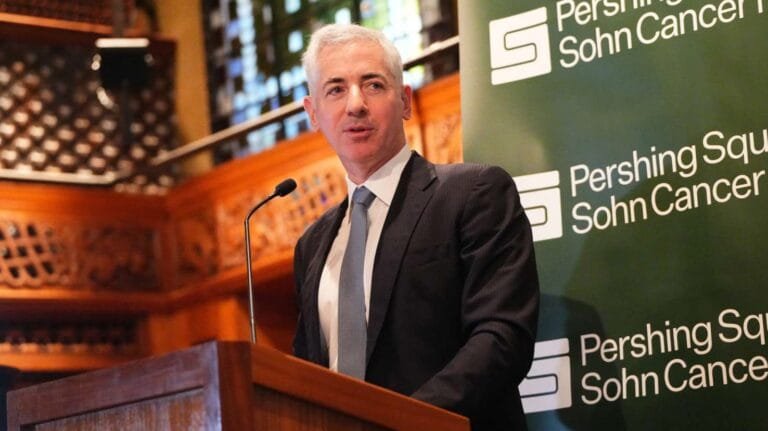
The Vertical Corridor enables LNG from Greece to flow through Bulgaria, Romania, Moldova, and into Ukraine.
Amid energy security challenges until the winter of 2025, Ukraine LNG supply has taken a significant step: it has signed an agreement with Greece to import liquefied natural gas (LNG) from the United States. This agreement is not just a matter of energy supply—it is part of a major strategy in Ukraine’s sovereignty, political situation, the conflict with Russia, and Europe-US energy geopolitics. This report/analysis will cover various dimensions of the Ukraine-Greece-US LNG agreement—history, technical-logistical framework, finances, strategic significance, risks, and future prospects.
Background: Ukraine’s Energy Challenge
Financial Stress Gas imports are expensive, and not only transportation costs but also financing pose a significant challenge. Ukraine has had to arrange approximately €2 billion (approximately 2 billion euros) to import gas via the Greek route. This financing includes participation from European banks, European Commission guarantees, and Ukrainian banks. Furthermore, the European Investment Bank (EIB) has provided Naftogaz (Ukraine’s national energy company) with a €300 million loan to cover the cost of gas purchases for the winter. LNG’s growing priority: Ukraine has already begun exporting portions of US LNG through other European terminals (e.g., Poland and Lithuania).
Details of the Agreement: The Ukraine-Greece LNG Deal
Now let’s examine what this Greece-Ukraine LNG deal is, how it will work, and its key components. Partners and Institutions: On the Ukrainian side is Naftogaz, its state-owned energy company. On the Greek side is DEPA Commercial, a major Greek gas company. Additionally, a new entity called Atlantic-See LNG Trade SA has been created (a partnership between DEPA Commercial and the Greek Aktor Group). From the pipeline network side, the gas connection called the Vertical Corridor is very important. This network connects Greece, Bulgaria, Romania, Moldova, and Ukraine.
Route and Transport: Ukraine LNG supply
Gas supplies will be supplied via the “Vertical Corridor,” which begins in Greece, continues through the Balkan countries, and finally reaches Ukraine. The “Trans-Balkan” route will also be used—a pipeline from Greece’s LNG terminal runs from Greece → Bulgaria → Romania → Moldova → Ukraine. There are some proposals to mitigate tariff risks for this route: the relevant countries (TSOs—gas transmission operators) have sent a joint letter, offering discounts of up to 25–50% at interconnection points to increase the use of this new route.
The timeline agreement has been formulated as a Declaration of Intent, and deliveries are expected to begin in January 2026. The agreement is designed to cover the energy needs of the winter season (December 2025 – March 2026). This is a temporary step, but a long-term partnership is also planned: the partnership between Naftogaz and Atlantic-See LNG is for the long term “until 2050.” As previously stated, approximately €2 billion in financing has been arranged. This amount is coming from various sources:
Challenges and Risks of Ukraine LNG supply
This all sounds great, but there are several risks and challenges that cannot be ignored:
Logistics and pipeline capacity: Increasing the use of the Vertical Corridor is not easy. The pipeline infrastructure involved must operate properly, and if there are weak connections, supply disruptions could occur. Tariffs (pipeline fees) have been offered to be reduced, but ensuring this discount translates into actual flow will be challenging. Financial Pressure: The sum of €2 billion is significant, and if the partners providing it (European banks, guarantors) cannot fulfill their commitments, the project could be at risk. Gas price volatility is also a concern.
Strategic Implications on Ukraine LNG supply
This agreement has some major strategic (long-term) significance: Energy Security: This deal significantly strengthens Ukraine’s energy security. The likelihood of energy shortages or supply disruptions during winter is reduced. It is a countermeasure to Russian threats (especially its strategy of using gas supplies as a weapon). Geopolitical Balance: US-Greece-Ukraine Dimension: The US wants Europe to accept its LNG supplies and reduce dependence on Russia. Greece is becoming a strategic hub in this role.
European unity: This agreement demonstrates that some European countries (such as Greece) are supporting Ukraine not only militarily but also in energy terms.
Future Prospects and Paths of Ukraine LNG supply
Looking ahead, some possible scenarios and paths for this agreement could be: Expansion and scale-up. If successful, volumes could be increased, and more US LNG shipments could be delivered to Ukraine long-term. Greece and Naftogaz could jointly establish additional long-term supply agreements, such as an extended agreement beyond 2030. Investment in terminals and infrastructure. LNG terminal capacity in Greece could be expanded to accommodate the sweeping and transit of even larger volumes. The pipeline network (Vertical Corridor) could be further modernized, and work could continue on discount and tariff structures at its interconnection points. Financial structures and financial institutions (EIB, other European banks) could increase their share of such energy support.
Conclusions: How the Deal Strengthens Ukraine’s Energy Future
Ukraine’s recent agreement with Greece-route US LNG is not only a significant effort to address its immediate energy crisis (winter needs), but also a significant step in geopolitical strategy, European energy restructuring, and Ukraine’s resilience. This agreement helps Ukraine compensate for its domestic production losses.
It contributes to making Greece an important energy hub. It is part of the US-Europe long-term energy partnership strategy. However, risks are not without—financial, logistical, and political challenges must be addressed.





